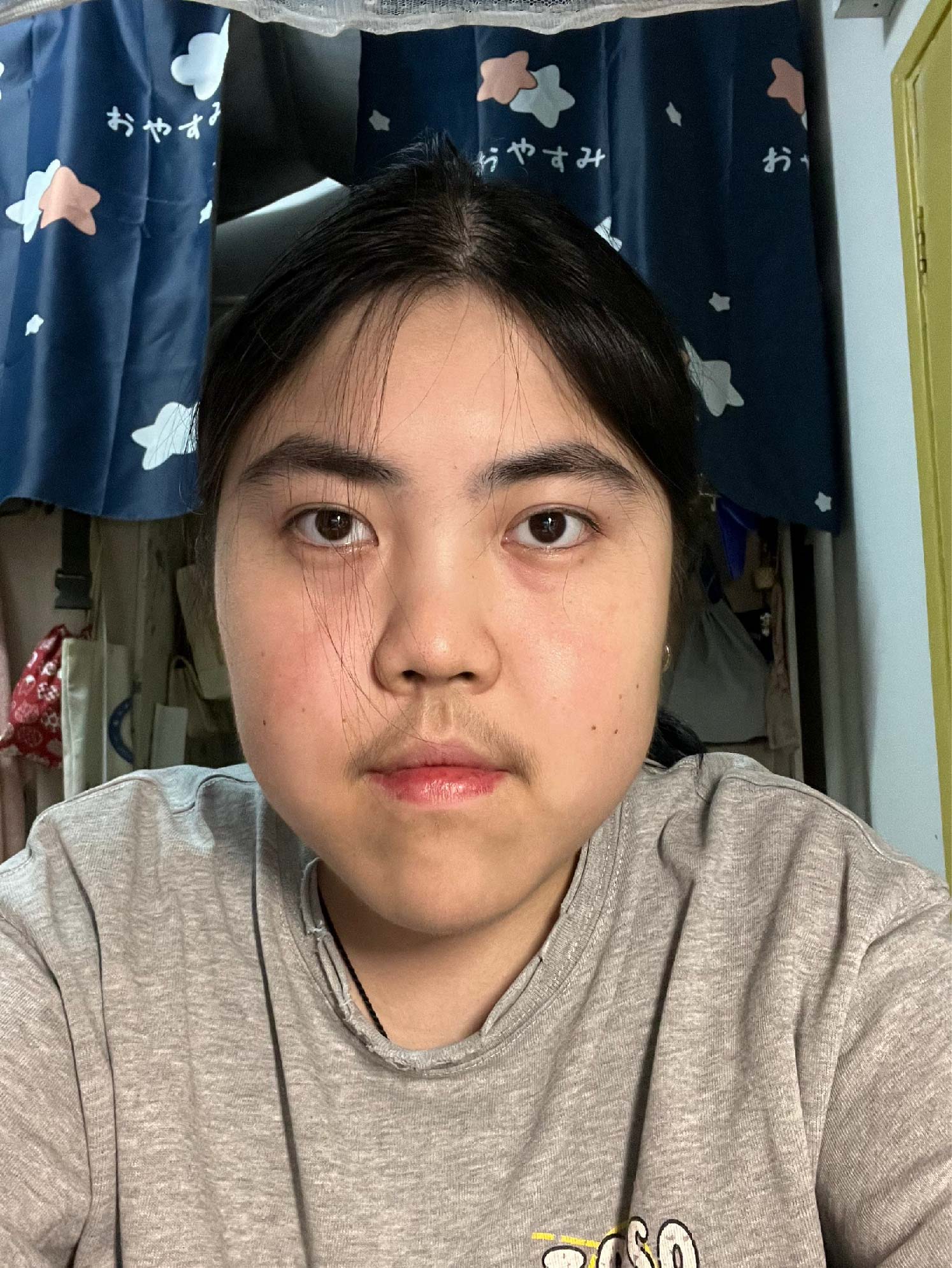Memories of Iron City
Category: Apparel
Competitions: China Mainland
服装的灵感来源于攀枝花这座城市 攀枝花地形崎岖,有着非常浓厚的工业历史 以丰富的矿产哺育着周边城市的发展 然而过度的开采终究给她带来了不可磨灭的环境破坏 我们要将对小镇往事与自然和谐的追忆延续下去,继承到未来 所以选择了吸引年轻人的户外风格作为服装的基调 更精确地向他们传达这份理念 非常大的廓形可以避免皮革贴身的紧迫感 牛仔、皮革都是是高污染行业 这款服装的材料用了皮革、薄牛仔和卡其布 通过对皮革和牛仔面料的有效回收利用 减少废弃的材料直接对环境造成污染 颜色采用了低饱和度的浅蓝和米黄色 更加符合当地年轻人审美 同时,我们想要强调的并不是历史的沉重 我们更希望当人们了解到目前的困境之后 能够找到逆转问题的希望 迈向更好的明天 工艺用了拼接、贴片和皮革运动化处理 皮革运动化是指将皮革缝合在另外一片具有弹性的面料上之后,只划开皮革层的部分 使面料拥有皮革耐磨性的同时,又拥有一定的延展性,提高了皮革的运动性能 这些工艺不仅是为了模拟地形图的块面结构,也是为了扩展皮革材料的可使用范围 提高了皮革的可利用率,这也是对环境的一种保护 The inspiration for the clothing comes from the city of Panzhihua. Panzhihua has a rugged terrain and a very rich industrial history. It has nurtured the development of surrounding cities with its abundant mineral resources. However, excessive mining has ultimately brought about irreversible environmental damage to it. We want to continue the memory of the town's past and the harmony with nature into the future. Therefore, we chose an outdoor style that attracts young people as the base of the clothing to convey this idea more precisely to them. The very large silhouette can avoid the tight feeling of leather against the body. Leather and denim are both highly polluting industries. The materials used for this clothing include leather, thin denim, and khaki fabric. By effectively recycling and reusing leather and denim fabrics, we can reduce the pollution caused by discarded materials directly to the environment. The colors used are light blue and beige with low saturation, which are more in line with the aesthetic preferences of local young people. At the same time, what we want to emphasize is not the heaviness of history. We hope that when people understand the current predicament, they can find hope to reverse the problem and move towards a better tomorrow. The techniques used include patchwork, applique, and leather sportification. Leather sportification refers to sewing leather onto another elastic fabric and then cutting only the leather layer partially, so that the fabric has the wear resistance of leather while also having a certain degree of stretchability, improving the sport performance of the leather. These techniques are not only to simulate the block structure of the terrain map but also to expand the application range of leather materials, increase the utilization rate of leather, and this is also a form of environmental protection.

